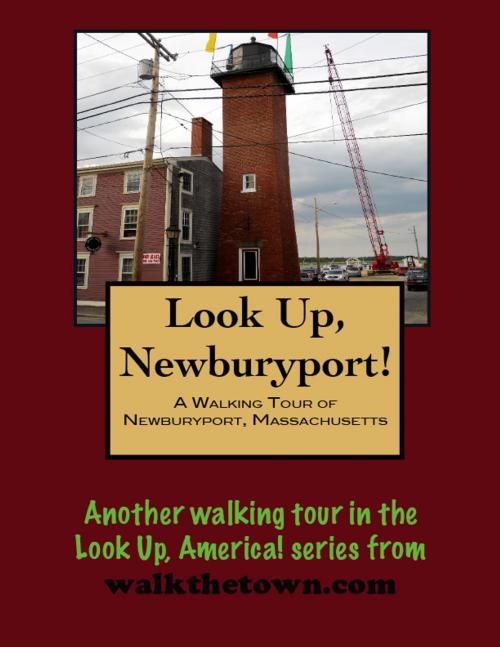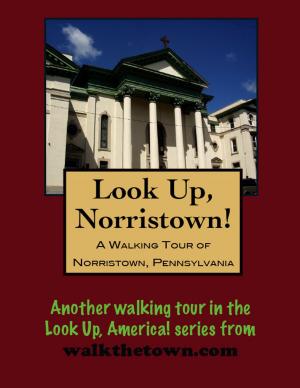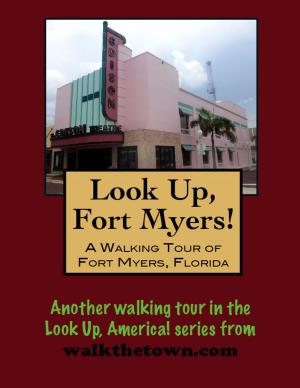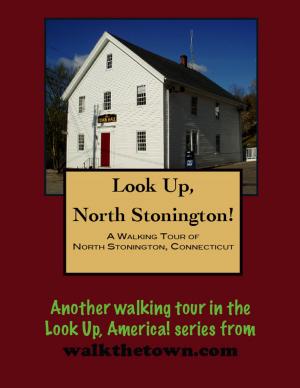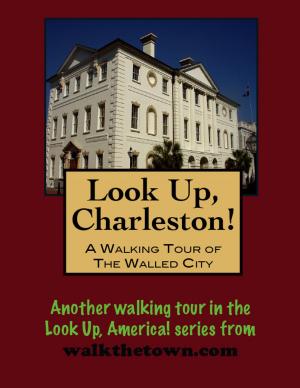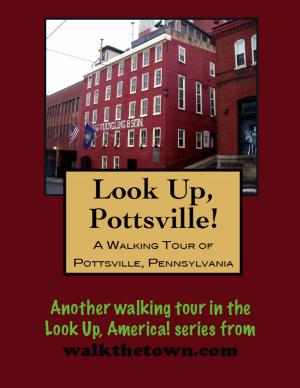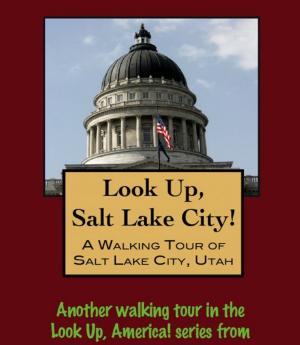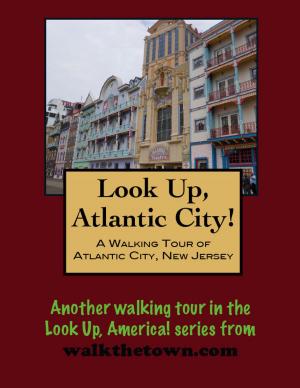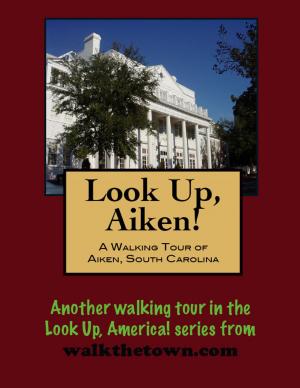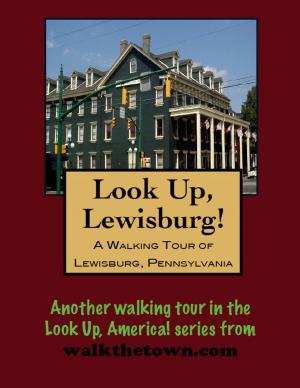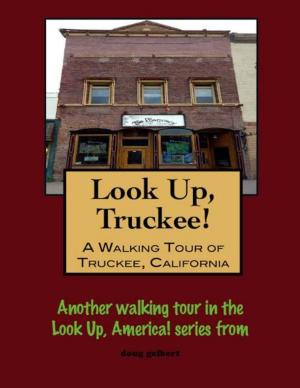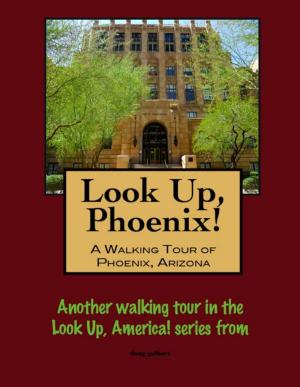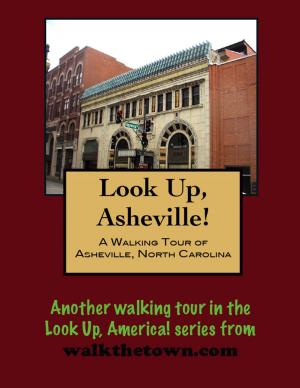| Author: | Doug Gelbert | ISBN: | 9781458135049 |
| Publisher: | Doug Gelbert | Publication: | February 15, 2011 |
| Imprint: | Smashwords Edition | Language: | English |
| Author: | Doug Gelbert |
| ISBN: | 9781458135049 |
| Publisher: | Doug Gelbert |
| Publication: | February 15, 2011 |
| Imprint: | Smashwords Edition |
| Language: | English |
There is no better way to see America than on foot. And there is no better way to appreciate what you are looking at than with a walking tour. Whether you are preparing for a road trip or just out to look at your own town in a new way, a downloadable walking tour is ready to explore when you are.
Each walking tour describes historical and architectural landmarks and provides pictures to help out when those pesky street addresses are missing. Every tour also includes a quick primer on identifying architectural styles seen on American streets.
The area around the mouth of the Merrimack River has always been an important transportation route and fishing ground. European settlers were setting up a town called Newbury by the 1630s. By 1764 when the port section of the community seceded from Newbury to become Newburyport there was a 100-year tradition of shipbuilding in the town. There would be another 100-some years of seafaring prosperity to come. In 1793 the seeds of the United States Coast Guard were cast on the waters here with the launching of the USRC Massachusetts built by William Searle and commissioned by President George Washington.
By the middle of the 19th century the town was dotted with steam-powered brick mills to complement the riches brought back from the sea. In 1851 the city annexed portions of Newbury and incorporated into a city. However, the end of the age of the wooden clipper ships was not far off and “Clipper City” would fall into serious decline in the early 20th century.
Nothing ever appeared to pull the old maritime town out of its reversal. By the 1950s, with federal money in hand, the bulldozers were ready to level the entire downtown area. There was no definite plan really. Maybe a strip mall or just a parking lot. Just clear the decaying eyesores away. Portions of the waterfront and downtown were razed but before the wrecking balls swung too often the citizens recoiled in horror and a grassroots protest turned the future of Newburyport 180 degrees. Instead of annihilation there would be preservation and restoration.
And so our walking tour can take in buildings by two of America’s most famous early architects, Charles Bulfinch and Robert Mills and houses built in the 1700s by wealthy sea captains and traders. We’ll begin by the banks of the Merrimack River, once bustling wharves, then decaying ghost buildings, and now a waterside park...
There is no better way to see America than on foot. And there is no better way to appreciate what you are looking at than with a walking tour. Whether you are preparing for a road trip or just out to look at your own town in a new way, a downloadable walking tour is ready to explore when you are.
Each walking tour describes historical and architectural landmarks and provides pictures to help out when those pesky street addresses are missing. Every tour also includes a quick primer on identifying architectural styles seen on American streets.
The area around the mouth of the Merrimack River has always been an important transportation route and fishing ground. European settlers were setting up a town called Newbury by the 1630s. By 1764 when the port section of the community seceded from Newbury to become Newburyport there was a 100-year tradition of shipbuilding in the town. There would be another 100-some years of seafaring prosperity to come. In 1793 the seeds of the United States Coast Guard were cast on the waters here with the launching of the USRC Massachusetts built by William Searle and commissioned by President George Washington.
By the middle of the 19th century the town was dotted with steam-powered brick mills to complement the riches brought back from the sea. In 1851 the city annexed portions of Newbury and incorporated into a city. However, the end of the age of the wooden clipper ships was not far off and “Clipper City” would fall into serious decline in the early 20th century.
Nothing ever appeared to pull the old maritime town out of its reversal. By the 1950s, with federal money in hand, the bulldozers were ready to level the entire downtown area. There was no definite plan really. Maybe a strip mall or just a parking lot. Just clear the decaying eyesores away. Portions of the waterfront and downtown were razed but before the wrecking balls swung too often the citizens recoiled in horror and a grassroots protest turned the future of Newburyport 180 degrees. Instead of annihilation there would be preservation and restoration.
And so our walking tour can take in buildings by two of America’s most famous early architects, Charles Bulfinch and Robert Mills and houses built in the 1700s by wealthy sea captains and traders. We’ll begin by the banks of the Merrimack River, once bustling wharves, then decaying ghost buildings, and now a waterside park...
